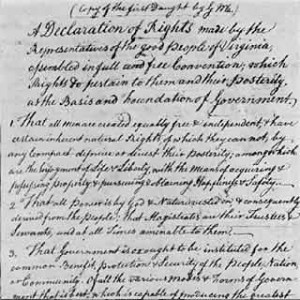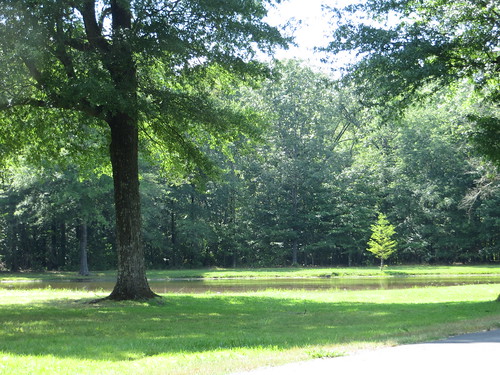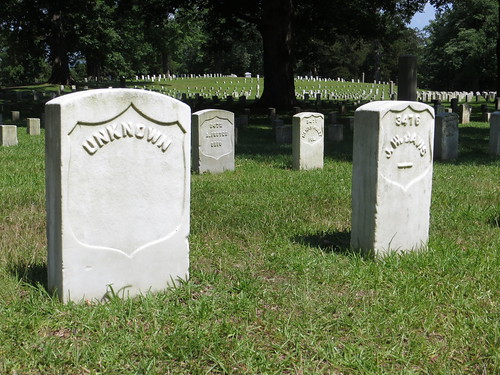 |
| Virginia Declaration of Rights |
To me, it has always been one of the amazing strengths of this country, that it has equality and freedom enshrined in its laws, and one of this country's biggest struggles, making that law an actual reality. And the dichotomy of holding men as slaves, while proclaiming every man's right to freedom, was a massive flaw in the founding of the country that was going to have to be resolved at some point.
When that unresolved contradiction dovetailed with another unresolved matter, how much autonomy an individual state has from the federal government, civil war ensued. Not even a century after declaring independence, hundreds of thousands of young men, the exact numbers are still unknown, lost their lives in incredibly bloody battles across the country. And when it was all over, the united states became the United States, and slavery was illegal.
 |
| Gettysburg, PA |
Visiting some of the battlefields where the battles occurred is a moving experience. At Gettysburg, the bloodiest battle of the Civil War which claimed 51,000 casualties, the rolling greens hills are bucolic. Only the stone monuments and the markers bear testament to the inconceivable amount of carnage that occurred outside this small town in Pennsylvania.
 |
| 4,000 men died in this spot |
It's the same feeling in Shiloh, Tennessee, where nearly 24,000 men died. The scenery is stunning, the tranquility palpable, and it is very hard to imagine the dirt and gunpowder and carnage and blood that covered these beautiful fields.
 |
| Shiloh, TN |
But a closer look shows that it is all, literally, buried under the surface. As in Gettysburg, Union soldiers were buried in the cemetery at Shiloh, with many of the graves simply labelled Unknown.
 |
| Union graves |
But the Confederate soldiers have no individual graves. Their bodies were piled into mass graves in ditches around the battlefield and left unacknowledged until the Daughters of the Confederacy put up markers at the known burial locations.
 |
| Confederate mass grave |
The central issues that led, it seems inevitably with hindsight, to the Civil War are still somewhat unresolved today. States still wrangle for power with the federal government (most notably right now, Florida versus the Obama administration), and equality is still more dream than reality. But visiting these important sites from the Civil War served as an important reminder to me of some the terrible price already paid in this young country's progress.
so glad you got to stop and see all this history!
ReplyDelete